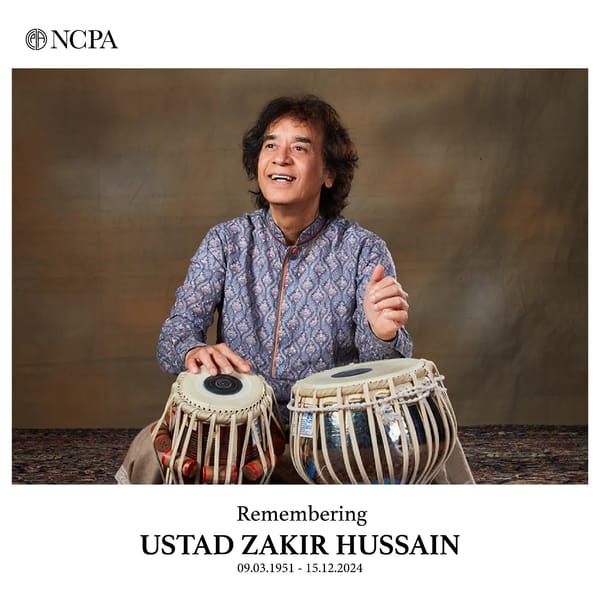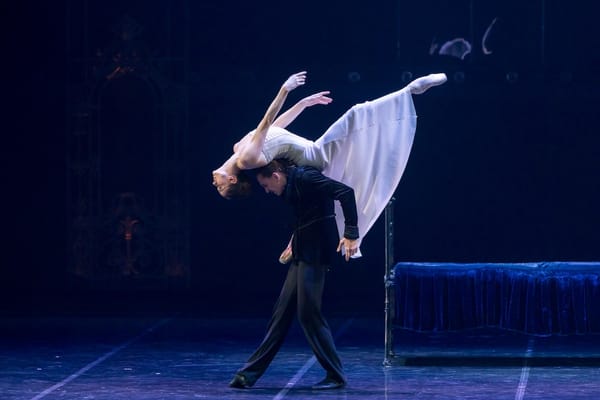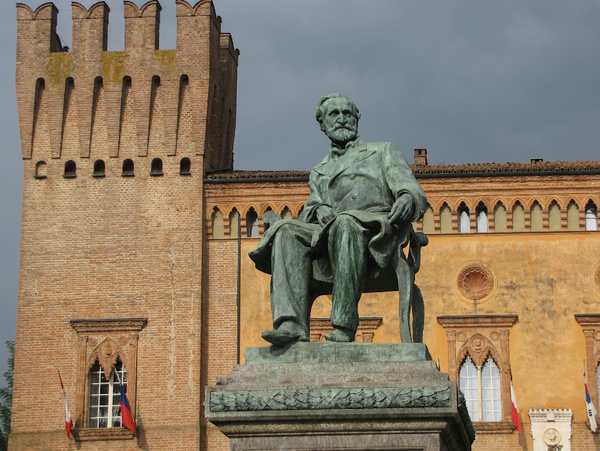The History of the Violin in 10 Fascinating Facts
From Renaissance Italy to modern concert halls, discover the violin’s five-century journey through ten fascinating facts—from Stradivari’s genius and Paganini’s devilish flair to the instrument’s global reinvention and timeless allure.

Few instruments capture the imagination quite like the violin. Its voice—lyrical, melancholic, fiery, and profound—has accompanied humankind’s musical journey for over five centuries. From the courts of Renaissance Italy to the concert halls of today, the violin’s history is a tapestry woven from artistry, craftsmanship, and cultural evolution. Here are ten fascinating facts that trace its remarkable story.
1. The Violin Was Born in Northern Italy in the 16th Century
While bowed string instruments existed for centuries before the violin, the modern form as we know it emerged in northern Italy around the early 1500s. Towns like Cremona, Brescia, and Mantua became the epicentres of its creation. The earliest known makers—Andrea Amati, Gasparo da Salò, and Giovanni Paolo Maggini—perfected its proportions, combining the elegance of earlier fiddles with the power and resonance of the rebec and the lira da braccio.
Amati, often considered the “father of the violin,” is credited with crafting instruments that were not only functional but beautiful, with delicate arching and richly varnished wood. The violins of his workshop became prized possessions of the French court under King Charles IX, signalling the instrument’s swift ascent in European culture.
2. The Stradivari and Guarneri Dynasties Defined the Golden Age
By the late 17th and early 18th centuries, the art of violin making reached unparalleled perfection in Cremona. Antonio Stradivari (1644–1737) and Giuseppe Guarneri del Gesù (1698–1744) remain household names even today.
Stradivari’s violins—such as the famous Messiah, Soil, and Lady Blunt—are celebrated for their exquisite craftsmanship and seemingly magical tone. His meticulous choice of maple and spruce, the precision of his arches, and his luminous varnish gave his instruments unmatched clarity and projection. Guarneri’s violins, in contrast, are wilder and darker in tone, favoured by virtuosos who seek drama and depth—Niccolò Paganini among them.
Even modern luthiers and scientists struggle to replicate their sound. Despite advanced acoustic analysis and CT scans, the precise alchemy behind the “Stradivarius secret” remains tantalisingly elusive.
3. The Violin Evolved from Earlier Bowed Instruments
The violin didn’t appear out of thin air—it was the culmination of a long evolution. Its ancestors include the Arabian rebab, which travelled to Europe during the Crusades, and the medieval fiddle or vielle, a popular instrument in troubadour music.
The lira da braccio, a Renaissance string instrument played on the shoulder, is often cited as the most direct precursor to the violin. Early violins adopted its curved shape and tuning, gradually shedding the flat backs and frets of earlier designs.
This lineage explains the violin’s remarkable versatility—it carries echoes of both East and West, sacred and secular, courtly and folk traditions.
4. The Violin Family Once Had Many Relatives
In its early years, the violin was not alone. It belonged to a family that included the viola and violoncello (cello)—both sharing its basic design but differing in size and range. These instruments gradually supplanted the older viols, which had more strings, flatter bridges, and were held between the legs or on the lap.
The violin family’s balanced tonal qualities and ability to blend or project made it ideal for ensembles. By the Baroque period, composers like Arcangelo Corelli and Antonio Vivaldi had embraced the violin trio (two violins and continuo), laying the foundation for the string quartet and orchestra.
5. The Violin’s Status Rose from Tavern to Court
Originally associated with dance music and street performance, the violin’s reputation was once rather humble. During the 16th century, it was considered less refined than instruments like the lute or the viol da gamba. However, its expressive range soon attracted the attention of court musicians.
In France, Jean-Baptiste Lully, court composer to Louis XIV, elevated the violin to regal heights, leading the Vingt-quatre Violons du Roi—the King’s ensemble that became the model for orchestras across Europe. The instrument’s mobility and brilliance made it indispensable, symbolising both elegance and emotion.
6. The Violin Became the Voice of Virtuosity
From the late 18th century onwards, the violin became synonymous with technical mastery and dramatic expression. Composers such as Mozart, Beethoven, and Mendelssohn wrote concertos that balanced beauty and brilliance, while performers turned the violin into a vehicle for showmanship.
The 19th century saw the rise of the virtuoso violinist, epitomised by Niccolò Paganini. His dazzling technique—left-hand pizzicato, rapid harmonics, and fiery arpeggios—earned him both fame and mythic status. Audiences whispered that he had made a pact with the devil. Paganini’s influence extended beyond his own performances: his style inspired composers such as Liszt, Chopin, and Rachmaninoff to explore new expressive extremes.
7. The Violin Became Central to the Orchestra
By the Classical period, the violin had assumed a starring role within the orchestra. Joseph Haydn’s symphonies established the modern orchestral layout, with first and second violins forming the melodic core. The violin’s agility and range made it ideal for carrying both melody and rhythmic drive.
In the Romantic era, the instrument’s lyrical qualities shone through in concertos by Brahms, Tchaikovsky, and Sibelius, which remain benchmarks for performers today. Even in the lush soundscapes of Mahler and Richard Strauss, the violins lead with emotional intensity—sometimes shimmering with tenderness, sometimes searing with passion.
8. The Violin Took Root Across the World
Although born in Italy, the violin quickly transcended borders. By the 18th century, it had spread across Europe, Asia, and the Americas, adapting to countless musical traditions.
In India, it found a new home in Carnatic classical music, where artists such as Baluswami Dikshitar adapted its tuning and posture for the raga system. In Eastern Europe, it became central to Romani and klezmer traditions, its voice echoing with joy and lament. In Ireland and Scotland, the violin evolved into the “fiddle,” indispensable to folk dance music.
This global migration has made the violin one of the most culturally versatile instruments in existence—a chameleon that speaks many musical languages.
9. Modern Innovation Has Transformed the Violin’s Sound
The violin has not remained frozen in time. Over centuries, its design and setup have subtly evolved. The neck was lengthened and angled backward in the late 18th century to accommodate higher tension strings and larger concert halls. The Tourte bow, developed around 1785, gave players greater control and dynamic range.
In the 20th century, the violin entered the age of electricity. Electric violins appeared as early as the 1930s, later adopted in jazz, rock, and experimental music. Composers such as John Cage and Krzysztof Penderecki explored the violin’s sonic possibilities through extended techniques—bowing behind the bridge, striking the strings, or layering electronic effects.
Even today, contemporary luthiers blend tradition and technology, crafting instruments from carbon fibre and exploring new acoustic designs while maintaining the violin’s essential voice.
10. Legendary Violins Still Command Astronomical Prices
Antique violins from the Golden Age are among the most valuable objects in the world. Stradivari and Guarneri instruments regularly fetch millions of pounds at auction. The Lady Blunt Stradivarius, sold in 2011, reached an astonishing £9.8 million, with proceeds donated to earthquake relief in Japan.
But beyond their market value, these instruments are treasured for their history. They have passed through the hands of great artists—Heifetz, Menuhin, Oistrakh, and Perlman—each adding a layer to their sonic legacy. In museums and concert halls alike, these violins remain living links to centuries of human artistry.





